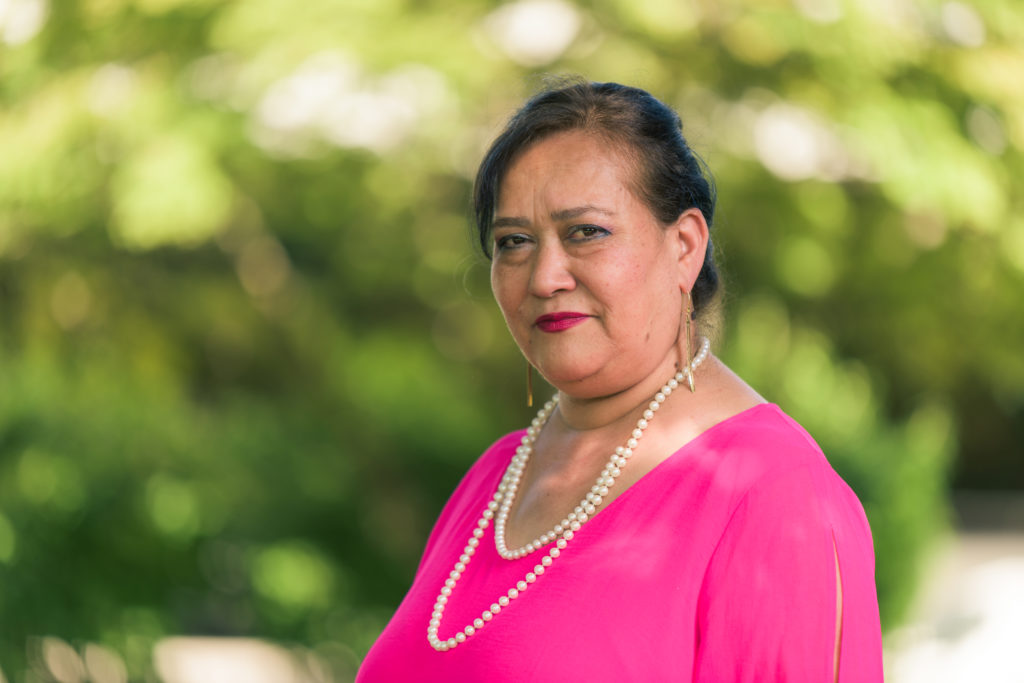April 24, 2020
Health Disparities and COVID-19
 While national conversations often claim that COVID-19 impacts all Americans the same, this is not the case. Yes, we are all impacted by the pandemic, but not equally. This pandemic is hitting certain groups and communities much harder, including those living in poverty, marginalized communities, refugees and immigrants, Latinx people, Native Americans, homeless people, LBGTQ people, older adults, and people with linguistic barriers. This pandemic can be a death sentence for people of all races and nationalities that experience lower socioeconomic conditions and in particular, those living in communities who have minimal resources. Every one of us, as individuals and groups, has a responsibility to shed light on this generational and systemic health disparity that has been reinforced by structural racism and poverty.
While national conversations often claim that COVID-19 impacts all Americans the same, this is not the case. Yes, we are all impacted by the pandemic, but not equally. This pandemic is hitting certain groups and communities much harder, including those living in poverty, marginalized communities, refugees and immigrants, Latinx people, Native Americans, homeless people, LBGTQ people, older adults, and people with linguistic barriers. This pandemic can be a death sentence for people of all races and nationalities that experience lower socioeconomic conditions and in particular, those living in communities who have minimal resources. Every one of us, as individuals and groups, has a responsibility to shed light on this generational and systemic health disparity that has been reinforced by structural racism and poverty.
While public health advice suggests that the risk of devastating outcomes is low among those younger than age 60, this isn’t the case for all groups. “In general, the age concerns and age data that is being promulgated is likely not accurate for the African American community,” says Oliver T. Brooks, M.D., president of the National Medical Association. This may also be true for other communities of color.
Epidemiologist Camara Phyllis Jones, M.D., MPH, Ph.D., 2019-2020 Evelyn Green Davis Fellow at the Radcliffe Institute for Advanced Study at Harvard University and a past president of the American Public Health Association, explains the impact COVID-19 will have on the population as a whole and notes: “We can already predict based on everything we know that the burden of ill health will not be evenly experienced throughout the population.”
Early data suggests COVID-19 is disproportionately affecting groups of color.
- In the District of Columbia, Blacks makeup 45% of the total population but accounted for 29% of confirmed coronavirus cases and 59% of deaths as of April 6, 2020.
- In Louisiana, Blacks makeup 32% of the total state population but accounted for over 70% of COVID-19 deaths as of April 6, 2020.
- Data from Illinois shows that groups of color accounted for 48% of confirmed cases and 56% of deaths as of April 6, 2020, while only making up 39% of the total state population.
- In North Carolina, Blacks makeup 21% total state population, but accounted for 37% confirmed cases as of April 6, 2020.
- In Michigan, where Blacks make up 14% of the total state population, they accounted for 33% of confirmed cases and 41% of deaths as of April 6, 2020.
- Moreover, survey data find that Latinos are more likely than Americans overall to see COVID-19 as a major threat to health and finances.
Quarantining family members impacted by the pandemic is a serious challenge. Physical distancing is a luxury for poor, large families who live in small apartments, with little to no option but sharing space with close proximity of their family members. They may also be in a neighborhood with lower access to healthy food or medical facilities that are equipped to treat them effectively. In addition, implicit biases paired with assumptions that these communities do not care about their health set the stage for advantaged groups and the healthcare system to act and react on their presumptions and biases toward these communities. The reality is that disadvantaged communities will not be able to access the already limited resources, nor be able to navigate the system to meet their basic needs.
We can either continue to practice cognitive dissonance, or we can recognize that this pandemic is drastic and that we need to take an active role in unpacking generational trauma inflicted by racism, poverty, and unaddressed health equity. It is up to us to do something about these harsh realities and help those unjustly being further marginalized. We need to advocate with our lawmakers, legislators, and health officials; and we need to push globally and locally for equitable access to resources and health equity for these communities that are in high health risk already.
We also need to collectively ask for clear data around the impact of COVID-19 on minority communities in order to understand the extent of impact and depth of health inequity. We need to push for collecting data based on gender, race, linguistic ability, disability, immigration status, socioeconomic status, with special attention to marginalized communities like LBGTQ, homeless youth and families, and those who have underlying health conditions. Transparent communication and release of data by health officials on the state and federal level is essential, and looking at the data through a lens of trauma and equity when setting up resources and interventions not only is encouraged but should be required. We cannot see this data and turn our heads, pretending that this is not a serious danger that is further threatening marginalized communities. It is trauma over generational trauma combined with generational poverty, which can result in long-lasting physical, psychological, and spiritual injury for generations to come.
The next time we think about how COVID-19 is impacting the world, let’s consider all of these factors. While we are all affected by the virus, it is important to remember that we are not affected equally, nor treated equally. This pandemic can be a death sentence for disadvantaged communities, but it can also be an opportunity for all of us at various levels to shift the paradigm by understanding the problem, thinking, and acting.
Written by Pari Mazhar, LCSW, Director of Diversity, Equity & Inclusion | Refugee and Immigrant | Cascadia Behavioral Healthcare
